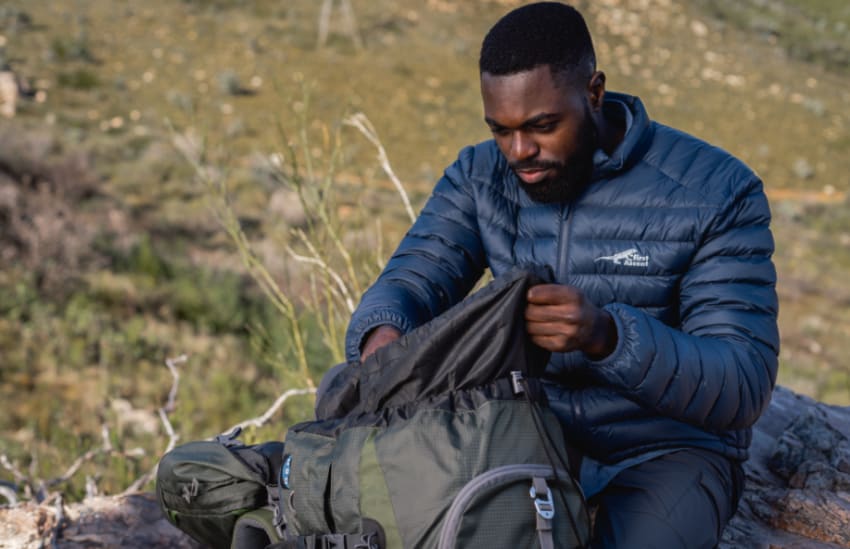How to correctly pack you backpack for hiking
We have compiled a list of tips and techniques to remember when packing your backpack to ensure ideal weight distribution, a comfortable fit and prevention of injury due to an overloaded backpack.
Multi-day hikes are an ideal way to escape the bustling city life and work routines and get in touch with nature again. On longer expeditions, your pack can easily make or break the trip. Here's a checklist to ensure your hiking pack is correctly packed and prepped.
6 Key Tips and Techniques for packing your backpack:
- Weight
Do not overload your hiking pack. This is a common mistake hikers make. A fit person's pack should weigh one-third of their body weight. A less fit person should keep the hiking pack’s weight to one-quarter of their body weight. It’s recommended for women’s packs to weigh one-quarter of their body weight – preferably less than 12kg (including water bottles.) - Lining
Line the pack with a strong, waterproof lining to keep the contents from getting wet. Be smart and choose bright orange colours for the lining as it can be used to signal for attention in an emergency situation. - Packing Order
Pack the side pockets before the main body of your hiking pack. Then, put bulky, lighter items in first, including your sleeping bag. Pack heavier items close to your back and higher up in your pack. Do not pack sharp objects close to your back. In case the weather takes a turn for the worst, ensure that waterproof and warm garments are easily accessible. - Fit your Pack
Your hiking pack should be well-balanced and positioned close to your body’s center of gravity, in other words, close to your back. If the pack is not full, use the compression straps to hold the load tightly and prevent the backpack from swaying. This could cause fatigue. - Keep your stuff dry
The weather can change unexpectedly and rain could hamper your hike. Pack spare clothing in waterproof bags to keep it dry and protected from especially rain, water streams or faulty hydration bladders - Prioritize Essentials
Make sure the following hiking essentials are easily accessible:
- Whistle
- First aid kit
- Survival bag
- Waterproof poncho or jacket
- Torch
- Compass, GPS or map
- Water bottle
- Cellphone

For more of these and other tips on correctly packing your backpack, download our Backpack & Hiking checklist below.











